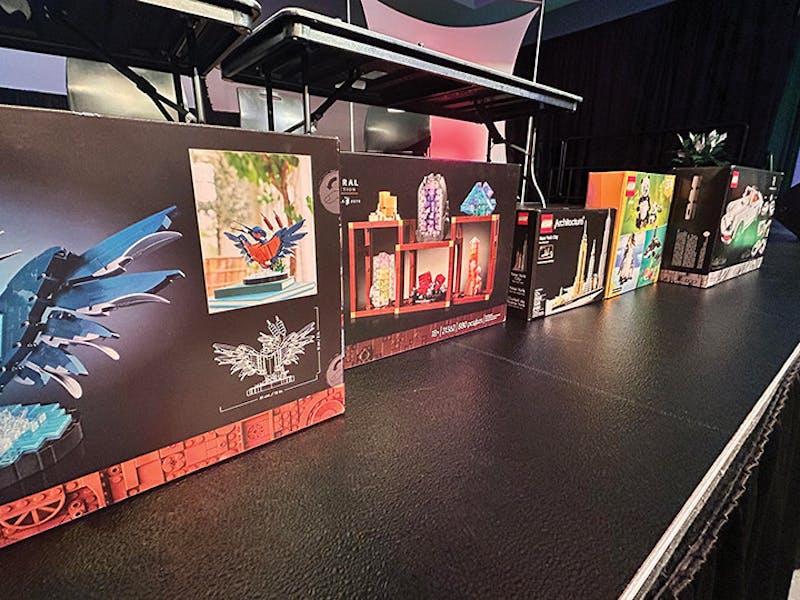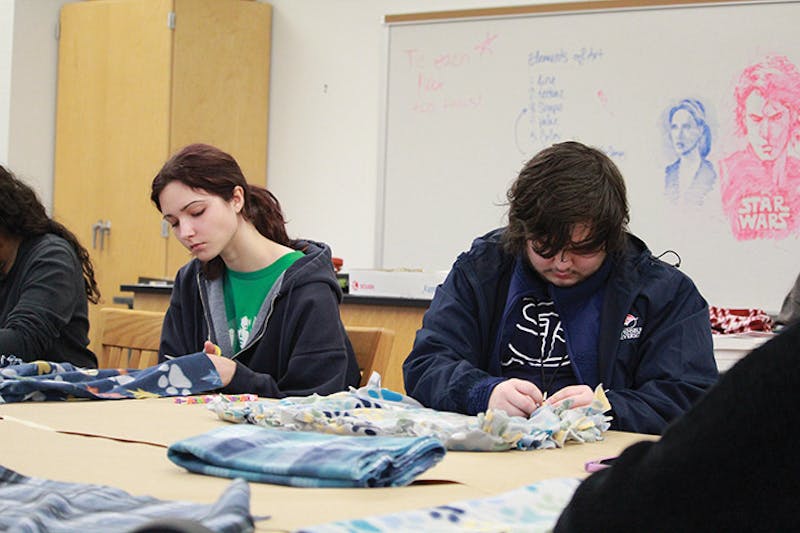While typical classes occur in lecture format with students seated at a desk and continuously fed information, a handful of Shippensburg University students learned through a samba workshop on April 15.
Alo Brasil band leader Alex Shaw presented professor Gretchen Pierce’s history of Brazil class with a samba and drumming lesson during their typical class period. Shaw explained how it is good to learn with your hands in addition to textbook learning.
The workshop began with Pierce’s class forming a circle and attempting a simple pattern: Two steps forward, two steps back. As students grasped the concept, Shaw added new aspects to it, such as clapping, counting and even closing their eyes.
SU junior Megan Lawrence explained how it was easier to hear everyone when she closed her eyes. Others felt this allowed them to relax to the music since no one was watching them, and overall saw it as beneficial.
“Your senses are heightened,” said SU graduate student Kendrick Gibbs.
Between sets, Shaw talked about syncopation and how it helps make music more exciting and funky.
“If everything is just ‘boom, boom, boom,’ after a while you get a headache,” Shaw said.
Shaw explained how instead, musicians use different rhythms and syncopation to create a tension and release relationship. He compared this to the action of the human heart pumping blood.
After students became comfortable dancing, Shaw moved on to teach about the samba instruments. The first drum introduced was the surdo, which means “deaf” in Portuguese, since it is very loud. The surdo is used to mark time and functions as the foundation of the group. Shaw also brought a caixa, or “box” drum, which is similar to the American snare drum. In addition, there was a tamborim, which is played with one hand and one plastic stick, and a repinique, which is used to call people’s attention.
Students selected one of the instruments to use and created poly-rhythm as each instrument section played its own pattern. Shaw repeatedly stressed that this style of music was a fluid conversation. Each part fit intricately together to form a melody through balance.
Samba is played for both celebration and social conscience. Shaw described how samba was used to educate the Brazilian community about the African-American slaves residing there.
“This music has a purpose. It’s not just about hitting a drum, but to mobilize and inspire people,” Shaw said.
Pierce’s class is centered around the theme of music. She previously brought Shaw in for her class back in 2014. Pierce also had another guest come, earlier in the semester, to teach capoeira, which is a martial arts sport-dance Africans brought to Brazil.



The Slate welcomes thoughtful discussion on all of our stories, but please keep comments civil and on-topic. Read our full guidelines here.